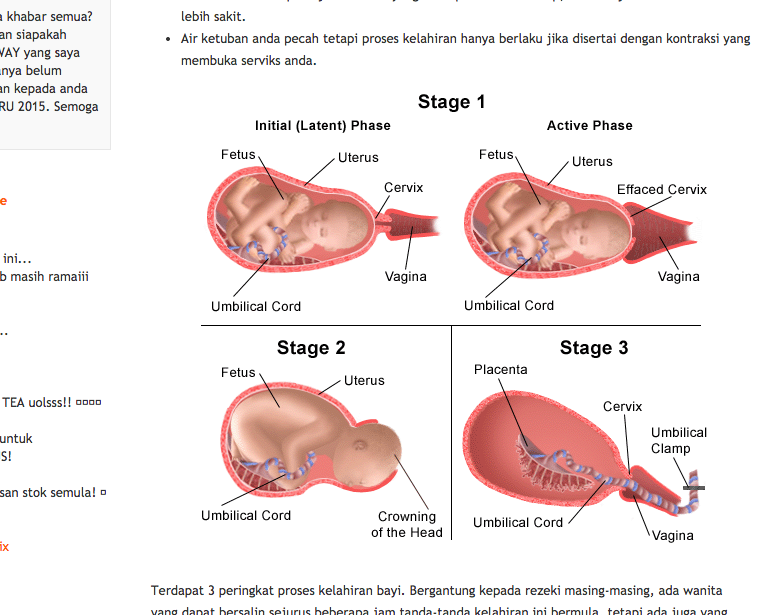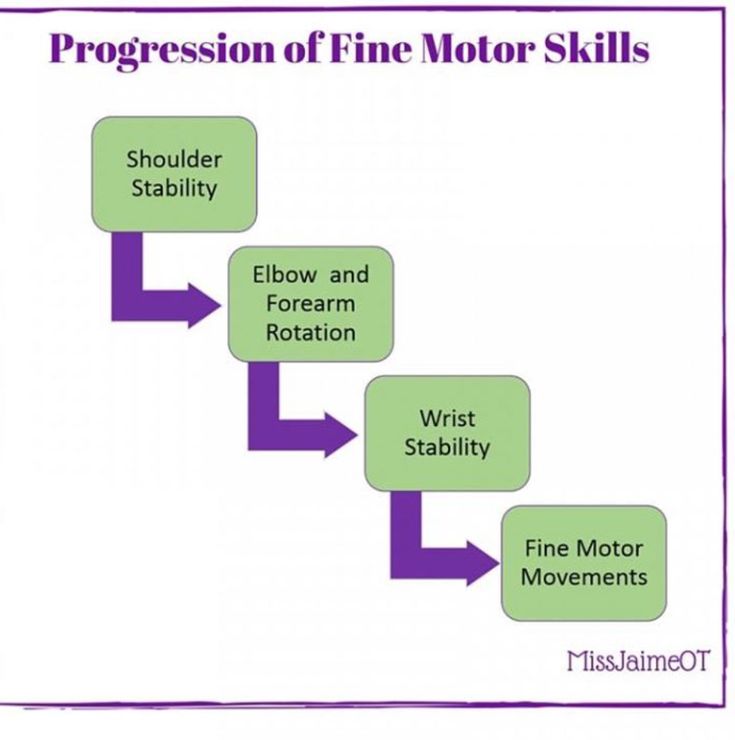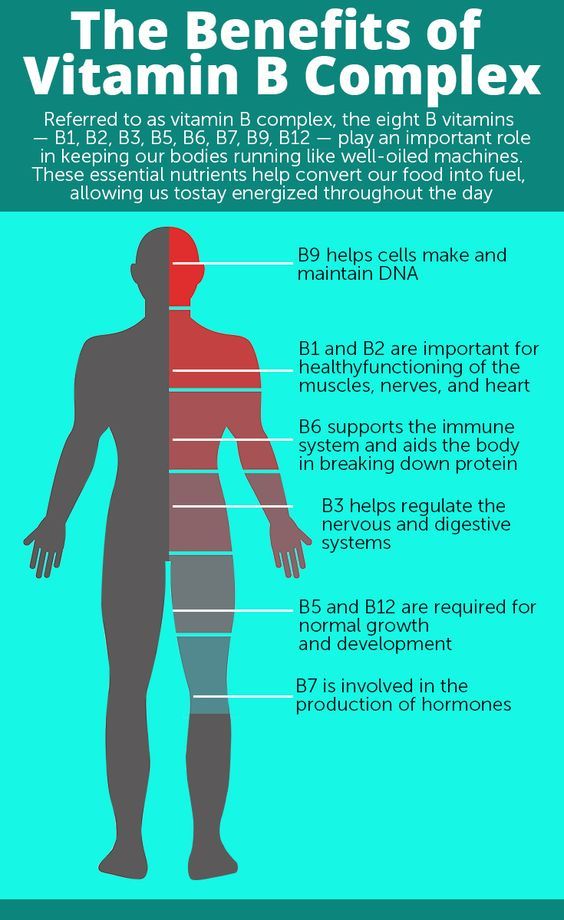How to help your child focus in the classroom
Easily Distracted at School? Focus Tips for Children with ADHD
The problem: “My child is easily distracted; he doesn’t focus and listen.”
Not focused on learning? Easily distracted at school and during homework? A student with attention deficit disorder (ADHD or ADD) might not seem to be listening or paying attention to class material. He may be daydreaming, looking out the window, or focused on irrelevant noises or other stimuli. As a result, he misses lessons, instructions, and directions.
The reason: ADHD is not just an inability to pay attention — it’s an inability to control attention. Children with ADHD have a lower level of brain arousal, which in turn decreases their ability to screen out distractions like noise in the hallway, movement outside, or even their own inner thoughts and feelings. Children with ADHD have an especially hard time tuning out distractions when an activity is not sufficiently stimulating. They lose focus easily.
The obstacles: Children with ADHD struggle to stay focused on lectures or any tasks that require sustained mental effort. Sometimes, this distractibility can appear intentional and annoying — which then works against students with ADHD in getting the help they need. Remarks such as “Earth to Amy!” or “Why don’t you ever listen?” will not correct this attention deficit. If children could pay better attention, they would.
Read on to discover classroom and home solutions to end distractibility and help your child focus on his schoolwork.
[Free Checklist: Common ADHD Challenges at School — and Their Solutions]
Focus Solutions in the Classroom
Select seating wiselyKeeping kids with ADHD close to the teacher and away from doors or windows will help minimize potential distractions and provide the best stay-focused results.
Allow all students to use distraction-blockersIn order to prevent singling out children with ADHD, let everyone try privacy dividers, earphones, or earplugs to block distractions during seat work or tests.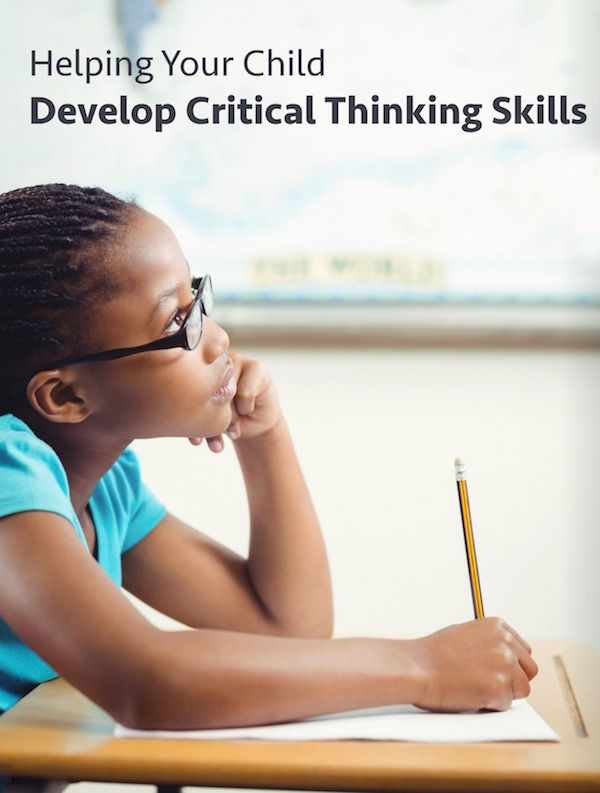
Alternate between high- and low-interest activities and when possible, keep lesson periods short or vary the pacing from one lesson to the next.
Accommodate different learning stylesUse a variety of strategies and teaching techniques to accommodate the multitude of learning styles in the room so all students have the opportunity to approach lessons the way they learn best.
Include visual, auditory, and kinesthetic facets to all lessonsAlso, give students opportunities to work cooperatively, individually, and with the group.
Redirect rather than reprimandInstead of scolding a student who becomes distracted, redirect him in a way that doesn’t cause embarrassment. Sometimes, asking a child with ADD a question you know he can answer, or giving nonverbal cues, such as standing close and patting him on the shoulder, can bring the child back into focus.
[Free Resource: The Secret Power of Fidgets]
Focus Solutions at Home
Establish a daily homework routineSome children need to take a break between school and homework or may need frequent breaks between assignments. Figure out what works best for your child in order to help her avoid distractions and procrastination.
Help your kid with ADHD “set up” in a distraction-free environmentSometimes the best learning environment can actually be the kitchen table with music playing in the background. Experiment until you find the ideal learning spot.
Get her startedSit down with your child and make sure he understands what is required for each assignment.
Supervise as neededMost children with ADHD need significant adult supervision to keep on task. As situations improve and the child matures, you can move away from constant supervision to frequent check-ins to make sure your child is on task.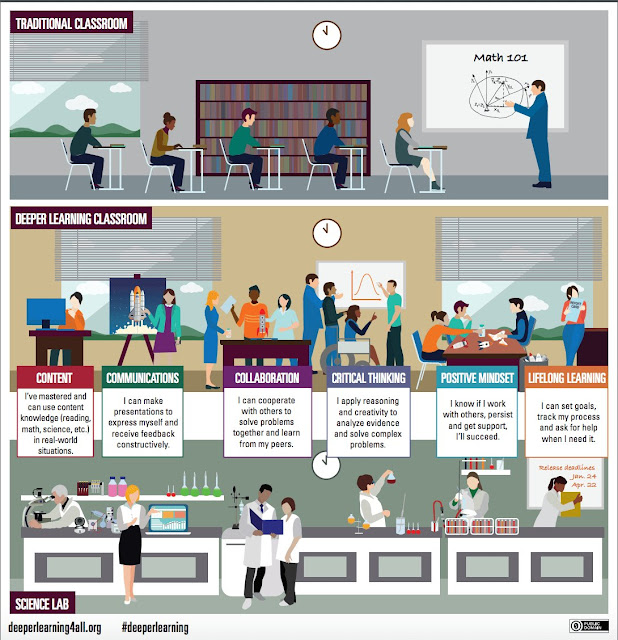
Have your child stretch or have a snack once one assignment is complete. This can help make his workload seem more manageable.
Break down large assignmentsDivide big assignments into “bites,” each one with a clear goal. If your child feels like a task is manageable, he’ll be less likely to become distracted.
[Quiz: How Well Do You Know Special Ed Law?]
SUPPORT ADDITUDE
Thank you for reading ADDitude. To support our mission of providing ADHD education and support, please consider subscribing. Your readership and support help make our content and outreach possible. Thank you.
Previous Article Next Article
How to Help a Child Focus in the Classroom
Inside: Unsure about how to help a child focus in the classroom? Help your child focus and learn to concentrate better using these five core strategies at home.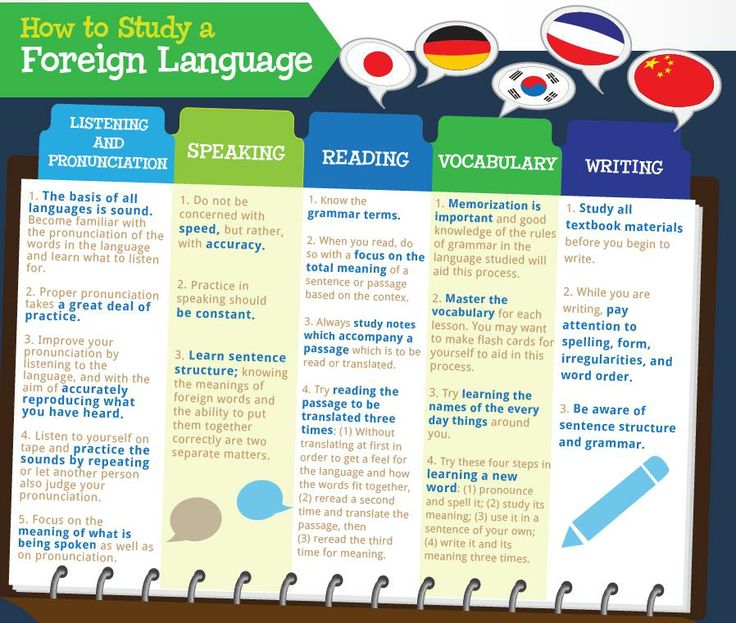 Post may contain affiliate links, which means at no extra cost to you I may earn a small commission if you make a purchase.
Post may contain affiliate links, which means at no extra cost to you I may earn a small commission if you make a purchase.
I often hear from concerned parents that their child’s teacher has shared something with them, and it sounds something like…
My child is difficult for the teacher to manage.
They take too long to do the task at hand from the teacher.
She doesn’t follow directions in school.
My child has trouble focusing in the classroom.
This puts you in a really tough position as a parent because you can’t exactly control what’s happening in the classroom. The teacher is also in a tough position, needing to manage the competing demands of a large classroom of children.
It’s hard no matter how you look at it.
Here’s where you and the teacher hold common ground: You both want the child to not only be successful in school, but in life! And of course, you want to work together in cooperation.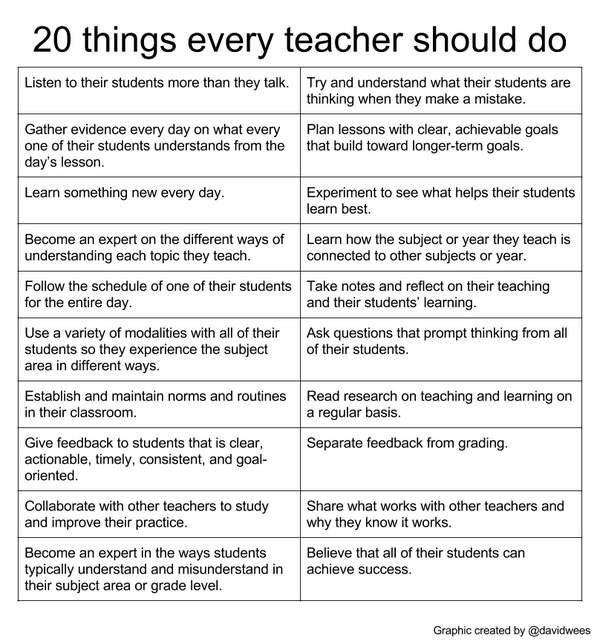
Which begs the question…
As a mom, I can wholeheartedly attest to struggles in getting my kids to focus. There was a time when I could barely get them to sit at the dinner table for five minutes – literally. Waiting in line at the post office with kids was a joke. And grocery shopping involved a lot of bribery.
We’ve come a long way since then.
Most articles you read on helping kids with lack of focus in school will recommend things like seat kids away from distractions, make learning fun, vary teaching methods, set up routines, etc.
5 fresh ideas to improve focus in kids.
All those are great strategies to use in the classroom, but what they don’t address is how you can start to help your child build focus, self-control and attention span at home.
You can’t control what happens in the classroom. You can, however, work with your child at home using five core strategies.
1. Play board games for concentration.
Board games are one of the best ways to help your child build executive function, which is the cognitive or “mind” part of self-regulation.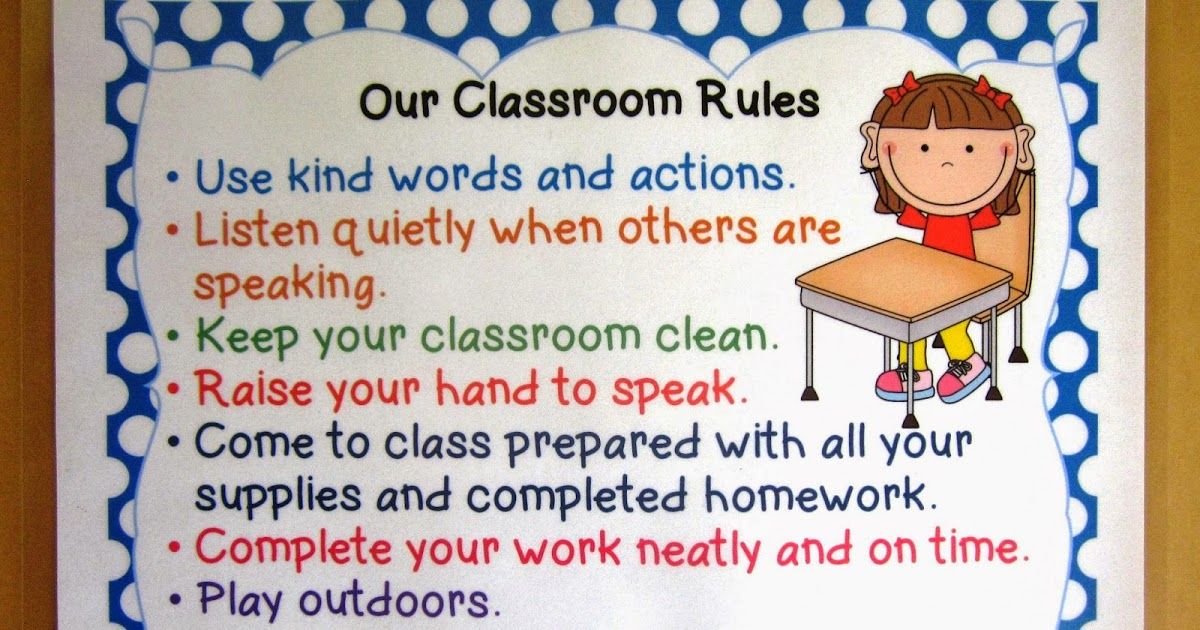 When kids need help focusing, what you’re actually wanting to help your child do is build better self-regulation skills.
When kids need help focusing, what you’re actually wanting to help your child do is build better self-regulation skills.
The Center for the Developing Child defines executive functions and self-regulation skills as:
the mental processes that enable us to plan, focus attention, remember instructions, and juggle multiple tasks successfully. Just as an air traffic control system at a busy airport safely manages the arrivals and departures of many aircraft on multiple runways, the brain needs this skill set to filter distractions, prioritize tasks, set and achieve goals, and control impulses.
The more you can help your child practice attention skills at home, the sooner they will be able to apply those skills and concentrate in school.
Here are some of my favorite board games to play with kids:
- Outfoxed – a cooperative whoodunit game.
- Race to the Treasure – a cooperative game for kids.
- Eye Found It! – hidden picture game.

- Suspend Junior – an exciting balance game.
For more board games to help build executive functioning in kids check out these best board games for 5 to 7 year olds and best games for self-regulation in 3 to 5 year olds.
You can also help your child learn to concentrate by using other self-control games like these:
- Red light, Green light
- Simon Says
- Mother May I
- Freeze Tag
- Follow the Leader
2. Practice waiting – A LOT – to improve attention span.
Practice waiting with your kids as many times as you can fit into the day. In the doctor’s office, at the grocery store, at the dinner table and during play at home are all places that are great for practicing self-regulation.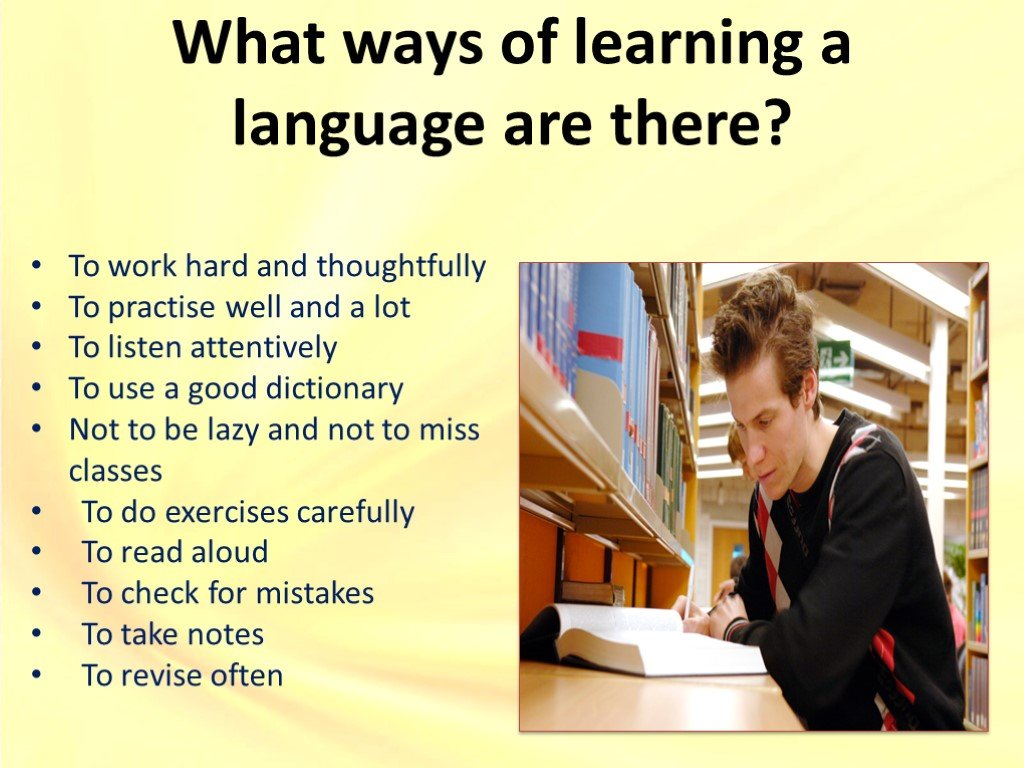
Instead of reaching for your phone or electronic device to distract your child, practice playing games with your child while waiting. These are creative hand games or mind games to play with your child to improve focus and attention. They only require your body sitting in a chair and nothing else.
Here are some examples:
- While waiting in the doctor’s office we may play “the thinking game” where my son will describe something and I have to guess what it is.
- While at the grocery store, play “I spy” where you describe something you see and your child has to guess it.
- Have your child place his hands out palms facing up. Place your hands hovering over his, except with your palms facing down. The goal is for your child to try and slap the top of your hands. Then switch roles.
In addition to waiting in different scenarios out and about, practice waiting at home for a toy that a sibling has, a special treat like a cookie, or a toy they want to buy at the store.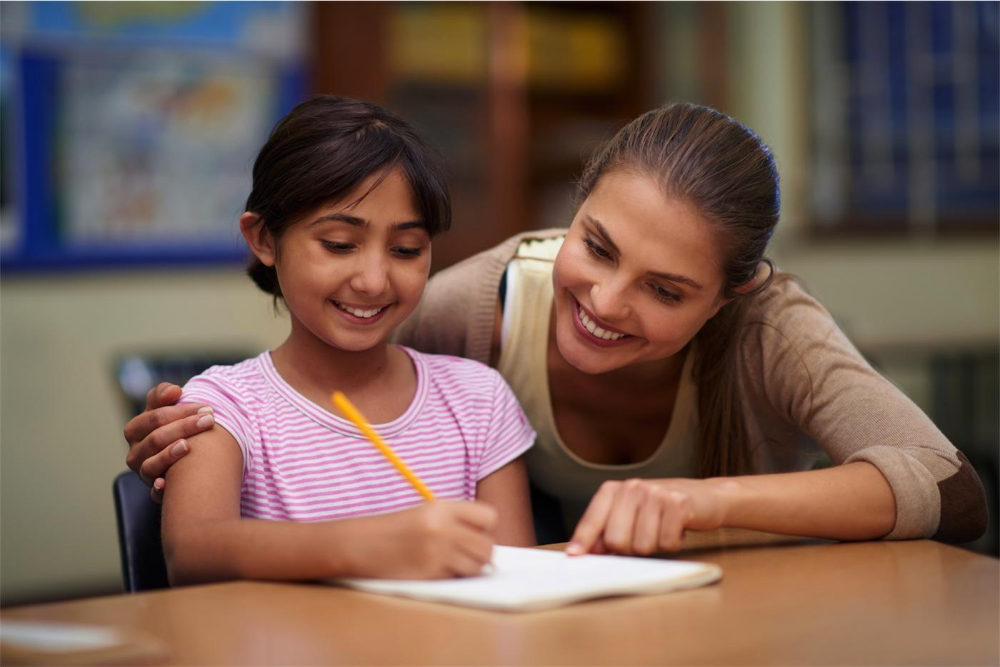
If waiting is met with tears, sadness or a temper tantrum, be sure to acknowledge thoughts and feelings and validate how hard this must be for your child. Building self-control takes a lot of work – especially for kids! Knowing that you are on their side and that you understand their point of view will make a huge difference in your child’s mental health!
Related: How to Respond When Your Child Feels Rejected or Sad
Finally, have your child practice sitting at the dinner table until everyone is finished. Getting them used to sitting for about 30 minutes can help kids stay focused once they transition into the classroom.
3. Focus immensely on vestibular and proprioceptive input.
In order for kids to listen, focus and learn to sit still for a period of time, they must develop both proprioception and vestibular sense. The most critical time to develop a child’s proprioception and vestibular sense is before age six.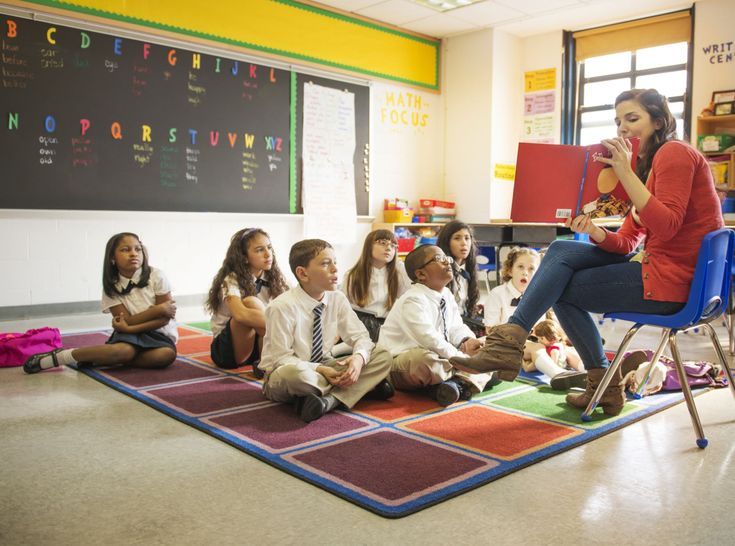
Proprioception is what tells you where your body parts are without having to look at them. This is the sense that helps you make sense of gravity. It’s the reason you can switch from the gas pedal to the brake without looking at your feet, or bring popcorn to your mouth without taking your eyes off the movie screen.
Without properly developed proprioception, kids can push too hard during tag, fall out their seat at the dinner table or trip while walking up stairs.
Vestibular sense provides information about where the body is in relation to its surroundings. This is the sense that helps you understand balance, and it connects with all the other senses.
Without a strong vestibular sense, kids will have no choice but to fidget, get frustrated, experience more falls and aggression, get too close to people when talking, and struggle with focusing and listening. Because they literally cannot help it.
You can read more about a series of activities you can do with your child to support vestibular and proprioceptive development in my post here:
The Most Overlooked Reason Why Kids Won’t Listen, Focus or Sit Still
There’s a free printable worksheet at the bottom of that post with the exercises too.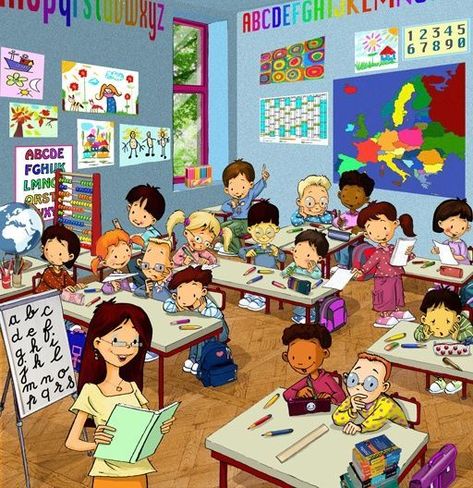
4. Cut back on screens – WAY back.
Study after study shows that kids who have more screen-time (or video games) have lower attention spans and lose focus. Without realizing it, screen-time can really add up fast.
While some past studies recommend kids use a screen device less than two hours a day, new research is recommending that children only have zero to 30 minutes per day.
Some experts even recommend a “screen fast” where electronics are completely removed for several weeks to allow your child’s neurological system to reset.
If done correctly, this intervention can produce deeper sleep, a brighter and more even mood, better focus and organization, and an increase in physical activity. The ability to tolerate stress improves, so meltdowns diminish in both frequency and severity. The child begins to enjoy the things they used to, is more drawn to nature, and imaginary or creative play returns.
5. Encourage role-play at home.

According to the late Dr. Karyn Purvis, “It takes approximately 400 repetitions to create a new synapse in the brain – unless it is done with play – in which case, it takes between 10-20 repetitions.”
Talking to your kids about what they could say or do instead when they are fidgety or bored in the classroom is always an option. However, the most efficient way to help your child problem-solve solutions, and actually have them remember in the moment, is to have them role-play with you at home.
Practice with your child using role-play in a variety of ways. One that I love is, of course, role-reversal games.
In the example of helping your child focus, your child would play the teacher (that’s them reversing into the teacher role) and you would play the fumbling child who always gets distracted, dawdles and can’t concentrate in school.
The more exaggerated you get with your inability to focus, the more fun it will be for your child.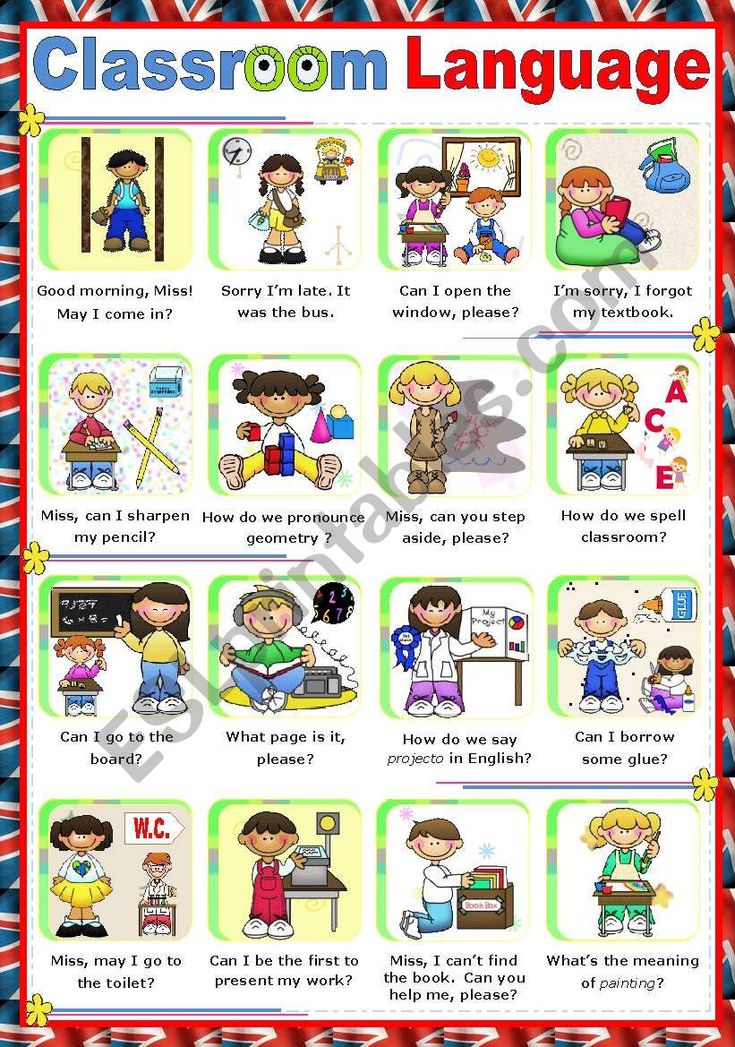 This creates a deep connection and a safe space for you and your child to work through this challenge.
This creates a deep connection and a safe space for you and your child to work through this challenge.
Once your child asks to play the role of the student again, you’ll know he or she is opening up to your guidance and solutions will start showing up in play.
Play out potential strategies your child could use to pay attention in class and focus. The funnier they are, the more memorable they will be when the moment strikes in real life.
Recommended reads on using play in parenting:
- How to Use Role Play With Kids to Solve Problems
- The Playful Parenting Game That Helps End Power Struggles
- Playful Parenting by Dr. Lawrence Cohen
- The Parent Survival Guide by Dr. Theresa Kellam
Here’s to getting kids to sit at the dinner table for 30 minutes, wait in line at the post office without a fuss, seamless grocery store trips and working with your child’s teacher in collaboration to build focus, concentration and attention span.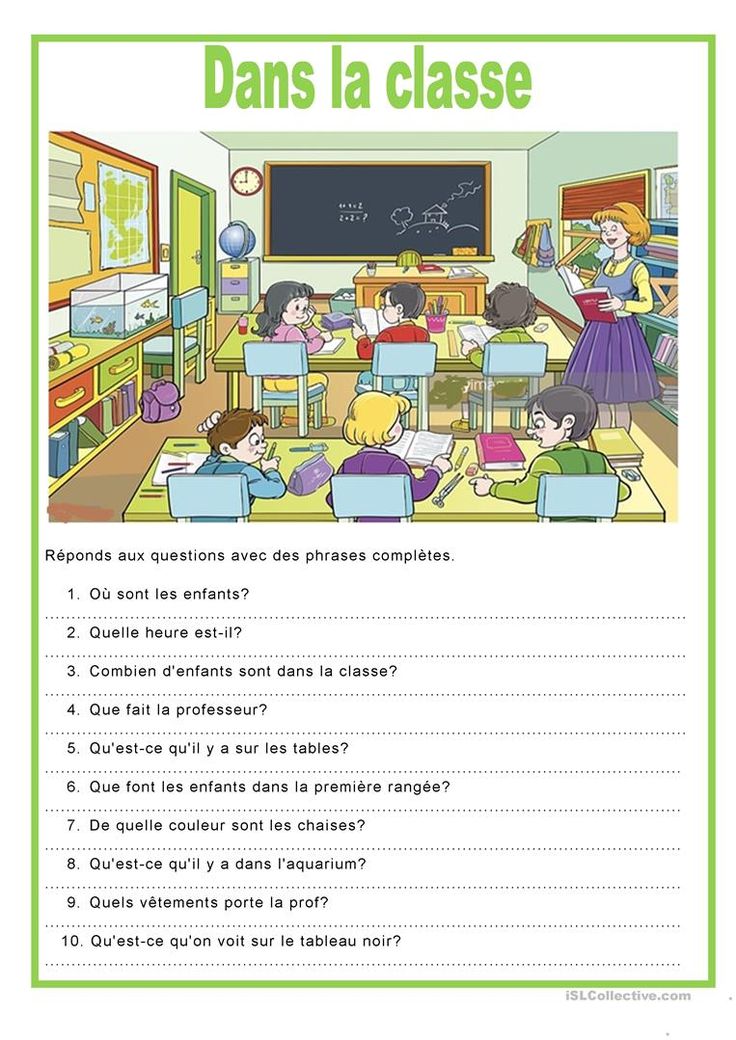
Related: Best Customizable School Night Routine for Kids
Print this free listening checklist.
This post comes with a free printable checklist to help with listening. I always have the hardest time remembering these phrases. This printable simplifies it!
Here is a sneak preview…
Download Your Free Printable
- Download the checklist. You’ll get the printable, plus join 37,000+ parents who receive my weekly parenting tips and ideas!
- Print. Any paper will do the trick, but card stock would be ideal.
- Place it on your refrigerator. Check things off as you go and don’t forget a thing!
Want more on parenting?
- One Genius Phrase to Try When Kids Say, “I Can’t”
- The Big Reason Why Setting Limits With Your Strong-Willed Child Isn’t Working
- Dealing With Controlling Kids? The “Secret Sauce” to Gaining Cooperation
- A Simple Mealtime Hack That Will Get Your Kids to Eat Vegetables
- 4 Year Old Not Listening? How to Ditch Defiance and Nurture Cooperation
I've created a free email series just for you! If you are struggling with teaching your child to listen, this series will help transform your parenting.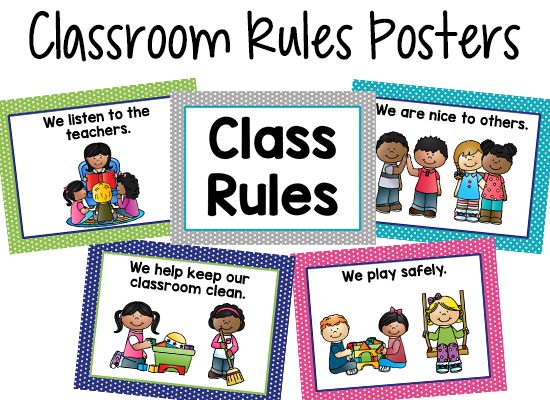 Yes, really. I've seen my proven strategies work time and time again for parents. I know it can work for you too.
Yes, really. I've seen my proven strategies work time and time again for parents. I know it can work for you too.
After taking my free email series, you will:
- Learn simple, yet highly effective listening strategies
- Experience a stronger connection with your child
- Enjoy more peaceful parenting days
- Gain more cooperation from your child
Click here to sign up!
Are you new to this community? Start here, friend.
How to help your child concentrate: 7 tips
How do you return to work after free leave? Get up on an alarm clock, fit into a routine, do what you don’t want to do at all? Multiply these vivid sensations by at least five and get your child's experiences before school days. Sitting through a lesson or concentrating on homework is especially difficult for a child in the first weeks of school. Here are some tips to help you focus and get into a work rhythm.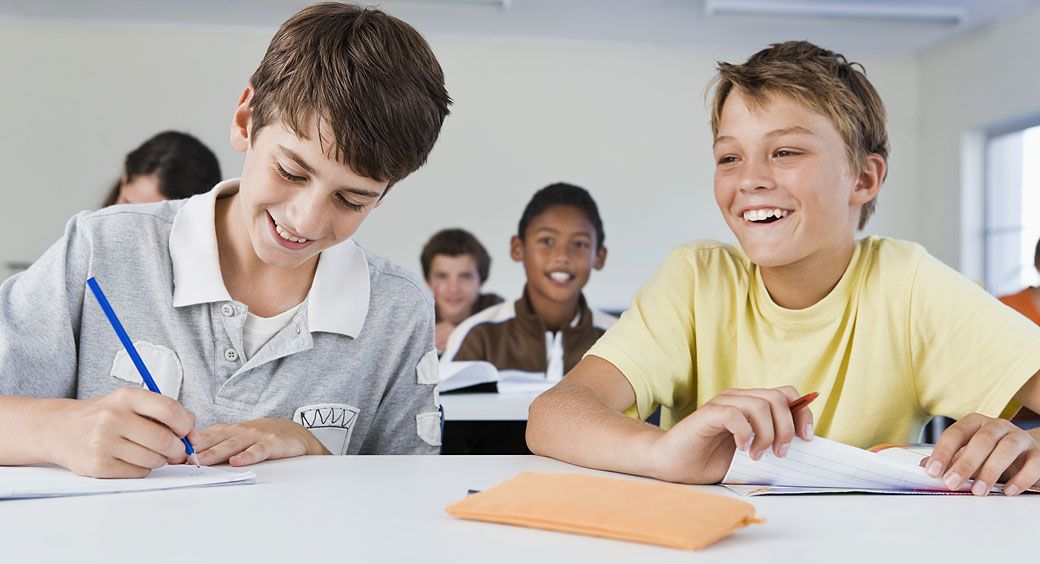
Follow the daily routine
It will be easier for the child to start work that requires concentration and patience if he knows the time when this will happen. There are many handy applications on the Internet that will help you quickly create a schedule. Print it out and hang it on the door or in the nursery, not for beauty, but with the determination to fulfill what is written. Do not forget that doctors recommend two hours of daytime sleep for first-graders. If you have to deviate from the usual schedule, it is better to discuss this with the baby in advance. nine0003
Do not forget about regular physical activity
Physical education and sports are known to increase the level of serotonin in the brain, which is often called the “hormone of happiness”. Set aside at least 30 minutes a day for physical exercises, do exercises regularly, choose a section that your child likes. Physical activity will not only keep you healthy, but also help improve your concentration. Often children experience anxiety due to excess energy, and they must be given the opportunity to “splash it out”, for example, by running a race on the street or doing morning exercises. Then it will be much easier to focus on your studies. nine0003
Often children experience anxiety due to excess energy, and they must be given the opportunity to “splash it out”, for example, by running a race on the street or doing morning exercises. Then it will be much easier to focus on your studies. nine0003
Watch your diet
To reduce your child's nervousness and hyperactivity, try to limit the amount of processed foods and sugar. Instead, include more fresh fruits and vegetables on your menu. We have already written how to teach a child a healthy attitude to food.
Keep motivated
The child must understand what he is working for. For example, if the kid is not distracted, capricious, spends less than an hour on the task, does it accurately and without gross mistakes, let him play his favorite game or do what he is interested in the rest of the time. nine0003
Our reader told me that she and her child made a list of prizes for lessons done on time: ride a swing with mom, bury a treasure in the park, feed ducks in a pond, fix a bike with dad, make a house out of a box for a cat. Before sitting down for homework, the son chooses a “prize” each time.
Before sitting down for homework, the son chooses a “prize” each time.
Take breaks
Psychologists recommend that children aged 3-9 take a break every 15 minutes, but in ordinary life this is hardly possible. So schedule 10-15 minute breaks every hour or two. Many active kids find it easier to focus for fifteen minutes and then take a break. Here are some ideas for a sensory mini-pause: jumping up and squatting, crawling under chairs and “like animals”, anti-stress toys, stretching the expander, climbing on the Swedish wall. If your toddler finds it difficult to sit in a chair for long periods of time, try using a timer and breaking up a large task into subtasks. nine0003
Remove distractions
It is clear that you can’t cook porridge if a grandmother watches a series every day next to the child’s workplace or a sister prepares for a singing competition. Even in a small apartment, you can create a “calm corner”, agree that during the time allotted for homework, loved ones try not to make noise and not distract the baby.It is important to ensure that the child has everything he needs at hand, but for now it is better to remove gadgets.
Inquire
This task requires a creative approach, but it's worth a try. If the kid is bored with the textbook, yawns and cannot get off the ground, try to interest or at least stir him up a little. Tell, for example, where the numbers came from or imagine what each of them looks like. If the child is learning a poem, come up with a continuation of it together or remember an interesting fact about the author. Do everything so that classes do not seem like a joyless routine. nine0003
Although all this takes time and effort, the result is worth it. In the end, given your child's learning style, his temperament, you will find a way to help him learn with passion and maintain motivation.
Read also:
How to grow an independent personality
So restless! How to survive with a hyperactive child
Let's go to school! How can you help your child adjust?
Photo: en.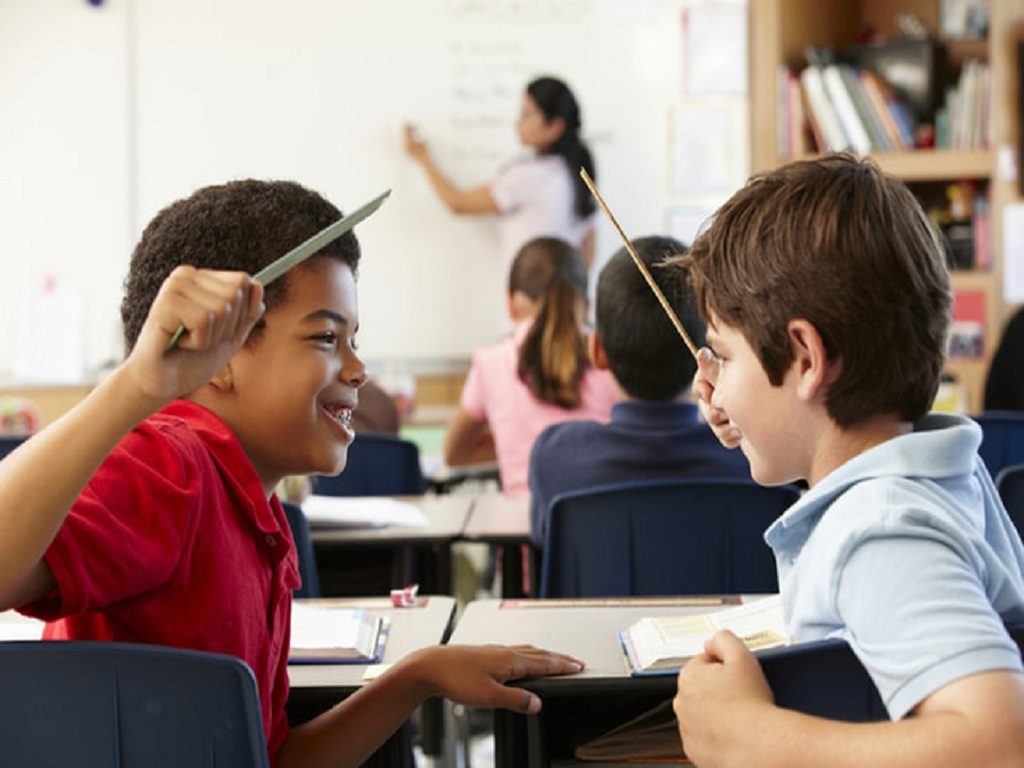 freepik.com, Shutterstock
freepik.com, Shutterstock
development
Why your child cannot concentrate and how to fix it
“How absent-minded you are”, “Be more attentive, pull yourself together!” - parents and teachers often say this to children who find it difficult to concentrate on any task. But can a child with such a problem solve it by sheer force of will? And how to help if he can't concentrate? Child analytical psychologist Maria Kulenkova shares her recommendations.
Maria Kulenkova, child analytical psychologist
Why it is difficult for a child to hold attention
The younger the child, the shorter the period of time during which he is able to hold attention: at an early age it is only five to nine minutes. Toddlers can quickly switch between objects, and this is normal: this is how excitation and inhibition in the cerebral cortex alternate at their age. And the work of the child's brain is a delicate process that depends on many factors, including the environment in which the child is on a daily basis.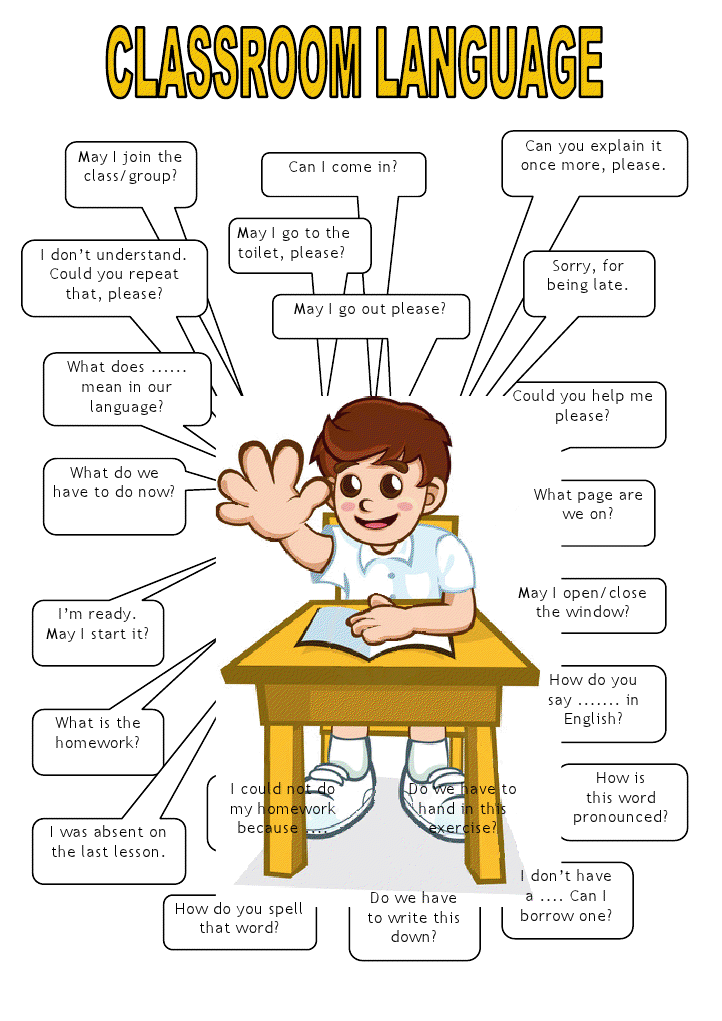 nine0003
nine0003
Influence of gadgets
If your children have uncontrolled access to gadgets, it affects their ability to concentrate. A long stay at a computer, TV, tablet or smartphone tires the child's psyche. Attention becomes unstable, scattered, it is more difficult for the child to gather and concentrate on less bright objects. Modern technologies are important, necessary, but while you are dealing with a fragile and developing nervous system, it is important to limit such intense flows of information that can quickly overload it. nine0003
Importance of a family atmosphere
One of the most important factors in a child's development is psychological safety. If a child feels love, acceptance, care, if not only his physiological needs are satisfied, but also psychological, emotional, then attention will be stable, long-lasting. The child will be able to easily concentrate and do interesting things for a sufficient time for him.
The reverse is also true: a difficult atmosphere in the family only hinders full development. Neither attention nor other components of cognitive processes can function normally if the child:
-
worries about the fact that he does not meet the expectations of parents and their requirements, often too high;
-
fears punishment or negative evaluation;
-
feels his own insecurity in the face of a large threatening world.
It is useless to put pressure on a child if something does not work out for him, he will not be able to concentrate on the task. It is important to create an atmosphere of goodwill, acceptance, soft support in the process of learning or training. nine0003
If you worry too much that the child may be bored, constantly and often change toys, pictures, books in front of him, occupy him endlessly, the child will not learn to control his attention and his concentration. It is important to give the child more time, wait for the cognitive interest to awaken, and be careful in supporting this interest.
![]()
Physiological features
There are cases when the inability to maintain attention is caused physiologically: trauma, genetic diseases, mental retardation and other abnormalities. In this case, the problem manifests itself already in early childhood and will be clearly visible to a neurologist, psychoneurologist. If the concentration of attention is reduced due to psychological trauma or the immaturity of the nervous system, then it is possible to turn to a neuro- and child psychologist for the purpose of diagnosis and correction. nine0003
How to Develop Concentration
The ability to concentrate on any task without being distracted is an important condition for mastering any skill. You can train this from the first months of life. After all, the attention of a child begins to develop from the very moment the functions of visual focusing of the gaze mature, and this happens even before the age of three months.
The first months of life
As early as a month, the baby can concentrate on a large object, his mother's face, begins to build social relationships with her, smile, turn his head in the direction from where his mother's voice is heard. During this period, almost all games serve to develop attention, motor skills, and thinking of the child. A child’s reliable attachment to his mother, a sense of security, full-fledged care for the child’s needs create the basis for the all-round harmonious development of a growing person. nine0003
Early childhood
At an early age, the game is primarily an occasion for personal contact with the child. During this period, starting from the age of one, you can play with children simple games to develop attention, such as hide and seek. Use musical instruments: ring the bell, bell, rattle, knock on the drum without showing them to the baby, and ask him what it sounds like. It is very helpful to just listen to music and discuss it. Build turrets with construction toys, read books and ask questions about the content, look at pictures, start sorting objects - all this will be useful for training concentration. nine0003
Be emotional in these games: it attracts attention, motivates, stimulates the cognitive activity of the child. It is very important that you do not rush the child and do not express your dissatisfaction if he does not respond very quickly. Otherwise, the baby will begin to worry that he does not meet your requirements, that he is “behind”. At the same time, the higher mental functions - thinking, memory, attention - are immediately turned off, and all energy is directed to the survival and preservation of the psyche.
Preschool age
For preschool children, there are a lot of good printed publications with tasks for attentiveness: these are drawn labyrinths and pictures where you need to look for differences. There are many games that are suitable for a large group of children. It is in the preschool period that children become truly interested in communicating with their peers.
How many hands. The driver sits in the center of the circle, substituting the back for the rest, you can close your eyes. The rest of the players put their hands on the back of the driver, and he needs to guess how many hands have touched him at the moment. This develops attention, tactile perception, self-control and communication skills of all players. nine0003
"Ivanushka at the Stone". The driver - and it must be a child - sits in the center of the circle, exposing his back to the rest of the players. Players place their palm on his back with the back side down. The leader begins, repeating the counting rhyme, to press the pebble on the palms of the players in a circle so that the leader feels this pressure with his back. “Ivanushka played out near the white pebble!” At the last words, the host puts a pebble in the palm of one of the players on whom the rhyme stopped. Then all participants close their palms, move away from the driver and put their closed fists forward. Everyone repeats together: “Guess who, who. Point to that one, that one!" The driver gets up and tries to guess who has a pebble in his fist. Younger children do it at random, while older children can analyze the behavior of other children, developing emotional intelligence, attention and thinking. nine0003
"Floor, nose, ceiling" and various modifications of this game. First, the presenter points to the floor, nose or ceiling and names them correctly. Then he begins to confuse the players: he names one thing and shows another, while the players need to follow his verbal instructions. For example, he says: "Floor", but points to the ceiling, and here you need not to get confused, but point to the floor. Then the rule can be changed: let the players point in the same direction as the leader, not paying attention to his words. nine0003
"Repeat the rhythm." Several claps or stomps that the child can repeat in the same sequence.
Physical exercises also contribute to the development of concentration, especially if they have a competitive component. But even without it, a built-in chain of sequential actions in a game or exercise contributes to the development of attention, stress relief and the development of interhemispheric connections.
